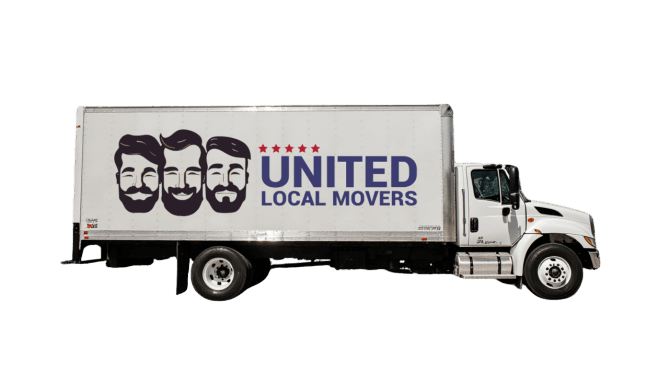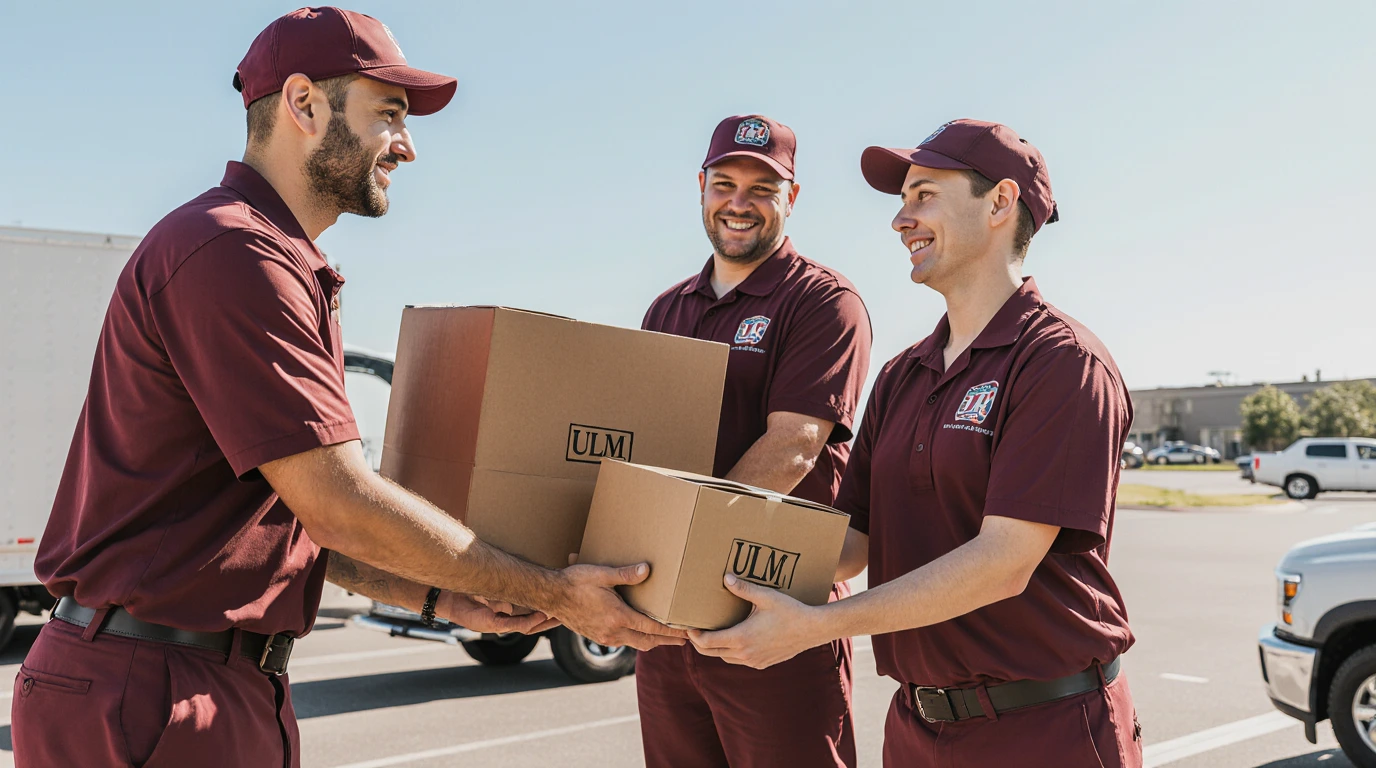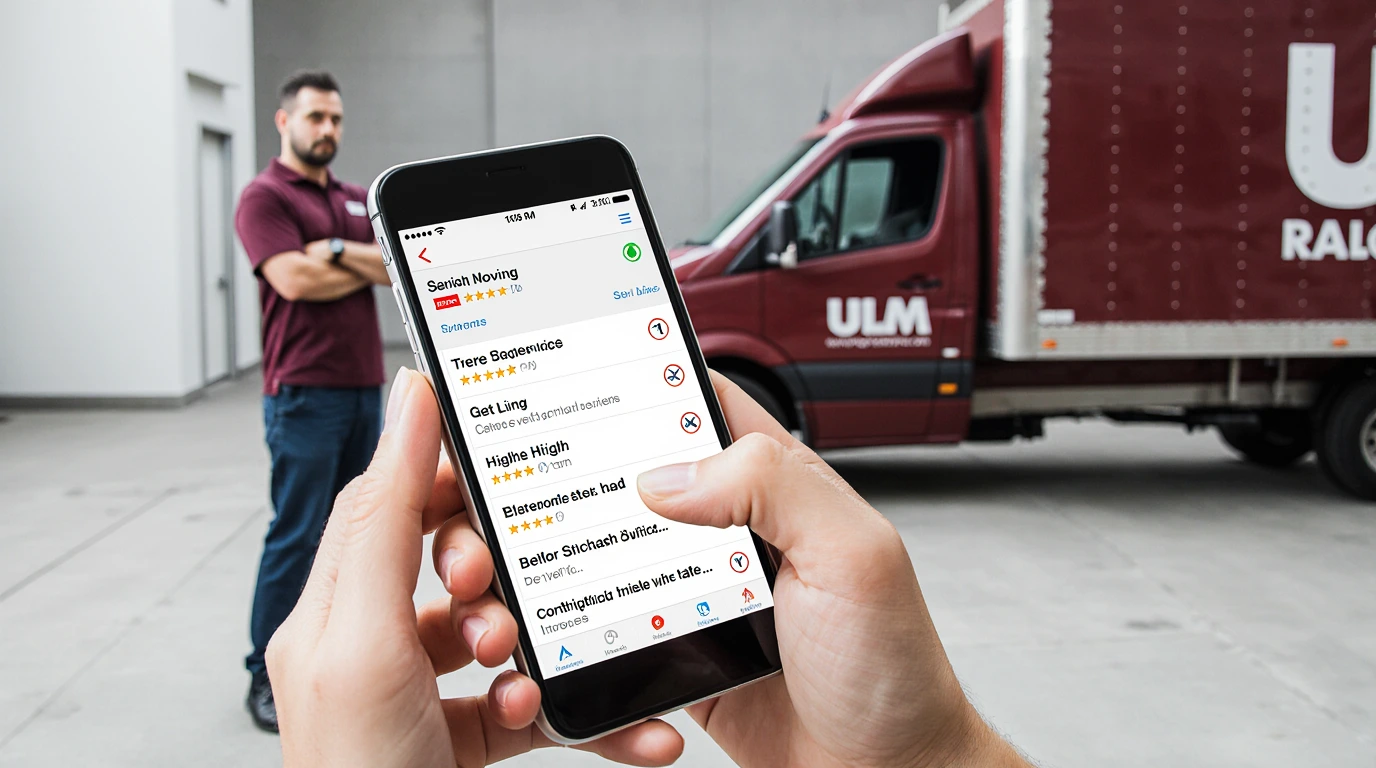One of the most common questions customers ask is, “How long will my move take?” Unlike local moves, long-distance relocations don’t always happen in a single day. Understanding how moving timelines and delivery windows work can help you plan realistically, minimize stress, and avoid unnecessary surprises.
Whether you’re moving to a neighboring state or across the country, several factors influence how long your items will be in transit. This guide breaks down typical timelines, explains why delivery windows exist, and gives you practical strategies to stay in control of your schedule.
Why Delivery Windows Exist in Long-Distance Moving
Unlike a local move where the same truck picks up and delivers on the same day, long-distance relocations often involve complex logistics. Movers may need to coordinate multiple shipments, navigate scheduling across states, and manage driver availability and route efficiency.
That’s why instead of a fixed delivery date, most companies provide a delivery window — a range of days during which your shipment will arrive. This allows flexibility to account for travel time, weather, traffic, and other variables without overpromising.
Typical Delivery Windows by Distance
Every move is different, but there are some general patterns in how long deliveries usually take. Here’s a rough breakdown:
| Distance | Typical Delivery Window | Average Transit Time |
|---|---|---|
| Up to 500 miles | 1–5 business days | 1–2 days |
| 500–1000 miles | 2–7 business days | 2–4 days |
| 1000–2000 miles | 3–10 business days | 4–6 days |
| 2000+ miles (cross-country) | 5–14 business days | 7–10 days |
These are averages, not guarantees. High-demand seasons, traffic delays, and weather can extend these windows — especially during peak summer months.
How Pickup Dates Affect Delivery Timing
Many customers focus only on their pickup date, not realizing how much it influences the entire schedule. In long-distance moves, pickup timing is a key factor because:
- Carriers often combine multiple shipments on a single truck to optimize routes.
- Weekends and holidays may add extra transit time.
- Pickup at the beginning of a route usually means faster delivery than pickups scheduled mid-route.
Scheduling early in the week or avoiding holiday weekends can make your delivery window shorter and more predictable.
Why Drivers Combine Shipments
Long-distance moving is often more efficient when multiple customers’ shipments share the same truck. This helps reduce costs and makes cross-country logistics manageable. However, it also means:
- Delivery order depends on the route sequence.
- Your items might not be the first unloaded.
- Delays in one customer’s delivery can affect others down the line.
This is why most companies, including United Local Movers, give customers a delivery window rather than a single day. It’s about logistics — not lack of commitment.
Peak Season and How It Impacts Timelines
Peak moving season in the U.S. runs from May through September. During these months, the demand for trucks and crews skyrockets, especially for interstate routes. Delivery windows often stretch longer due to:
- Increased shipment volume
- Limited truck availability
- More congested highways and travel routes
- Extended driver shifts and route optimization
If your timeline is strict, consider scheduling your move in the off-season or at least outside of holiday weekends. You’ll likely get more flexible delivery dates and sometimes even lower rates.
How Weather and Route Conditions Affect Delivery
Even the best-planned schedule can be impacted by factors outside of anyone’s control. Severe weather, traffic jams, accidents, or road closures can all slow down your delivery. For example:
- Snowstorms can delay cross-country winter moves.
- Hurricanes can reroute trucks in southern states.
- Major construction zones can slow transit along major interstates.
While these factors are unpredictable, professional movers track routes and provide real-time updates to keep you informed.
Understanding First Available Delivery Date (FADD)
When you receive your moving paperwork, you’ll often see something called the First Available Delivery Date (FADD). This is the earliest day your shipment can arrive at its destination — not necessarily the actual delivery day.
The delivery window typically starts on this date and extends a few days forward. Planning your personal travel and housing arrangements around FADD helps prevent frustration if the truck arrives later in the window.
What Happens If Delivery Is Late
Most legitimate moving companies outline their delivery commitment in your Bill of Lading. If the shipment arrives outside the agreed delivery window, you may be eligible for:
- Per diem compensation
- Reimbursement of storage or lodging expenses
- Expedited delivery arrangements
However, these terms vary by company, so it’s crucial to read your contract carefully and know what protections are in place. Companies like United Local Movers offer clear delivery commitments and communicate proactively about any delays.
How to Prepare for a Delivery Window
Unlike a fixed delivery date, a window requires flexibility. Here’s how to make the process smoother:
- Keep essentials with you (clothes, toiletries, important documents).
- Have temporary housing or hotel options ready, just in case.
- Stay in touch with your mover’s dispatch team for updates.
- Plan for a few buffer days when booking flights or starting a new job.
These steps reduce stress if your shipment arrives later than expected.
Expedited Delivery: When You Need Your Belongings Fast
Some moving companies offer expedited delivery for an additional cost. This means your shipment travels solo or is prioritized over others. While more expensive, it can be a smart choice if you have:
- A strict work start date
- Lease agreements tied to specific days
- Valuable or time-sensitive shipments
If speed matters more than budget, ask your mover about expedited or guaranteed delivery options during the quote stage.
Communication Is Key
The best way to handle delivery windows is clear communication. Professional companies provide dispatch updates, estimated arrival times, and real-time route tracking. Don’t hesitate to ask for updates — a reputable mover won’t leave you in the dark.
Turning Delivery Windows Into Predictable Plans
Long-distance moving timelines can seem uncertain at first, but understanding how they work empowers you to plan with confidence. Knowing why delivery windows exist, what affects them, and how to prepare allows you to stay in control of your relocation.
With United Local Movers, your relocation becomes safer, faster, and stress-free. Our experienced dispatch team provides clear delivery windows, proactive communication, and reliable timelines you can count on.





